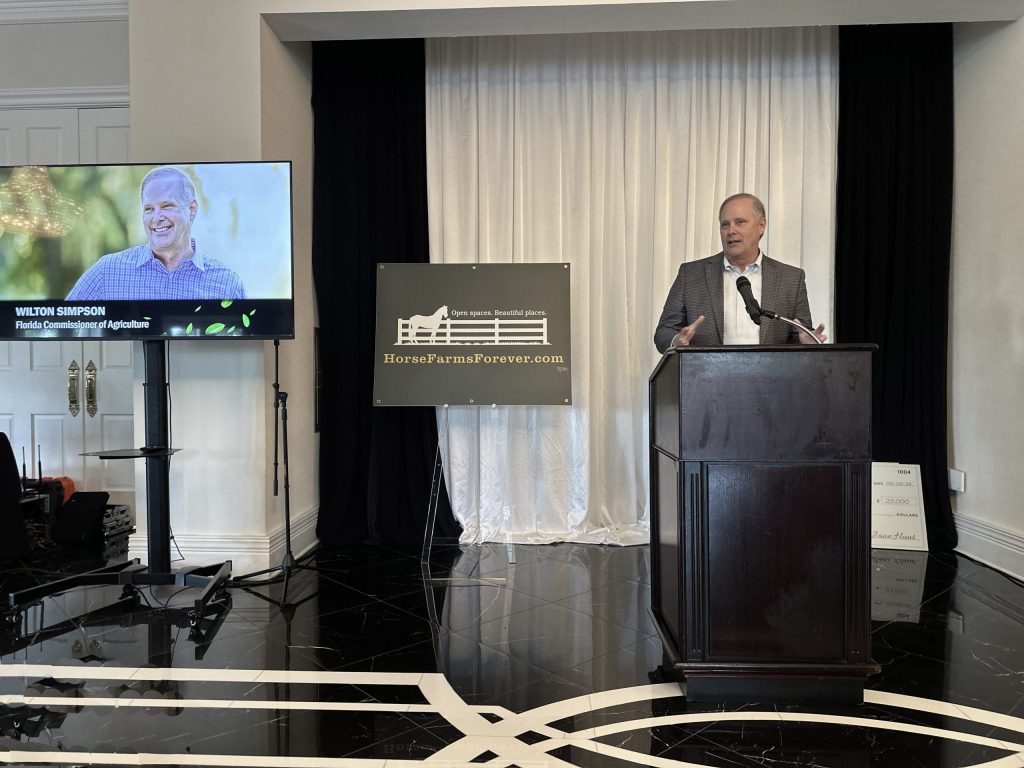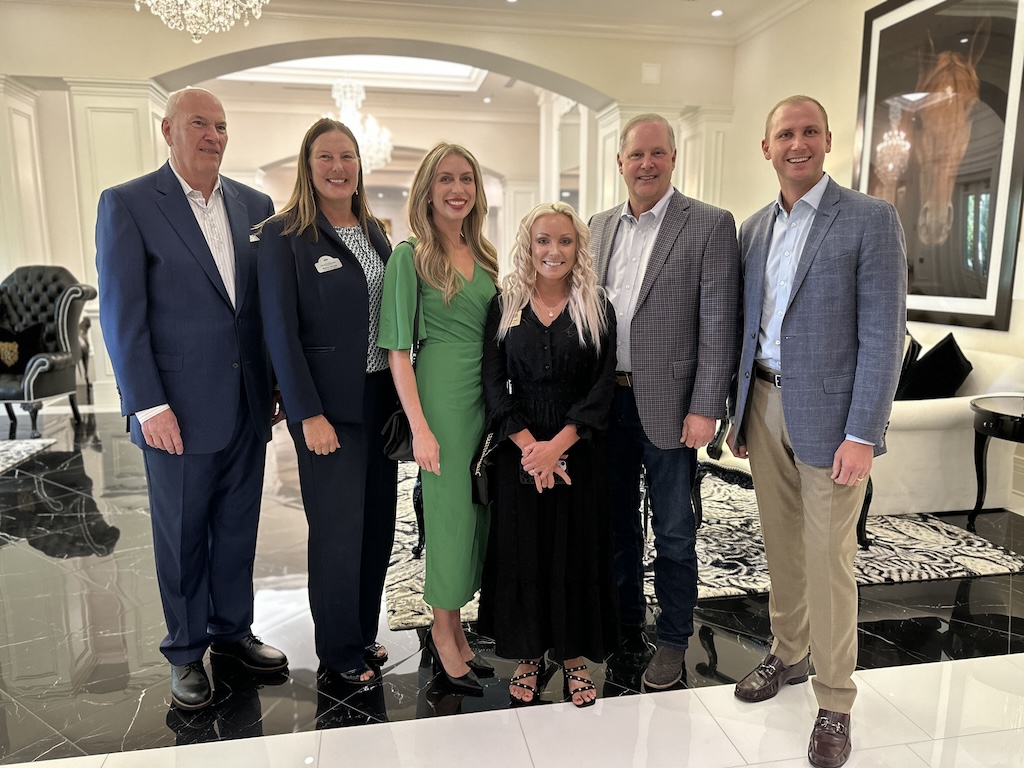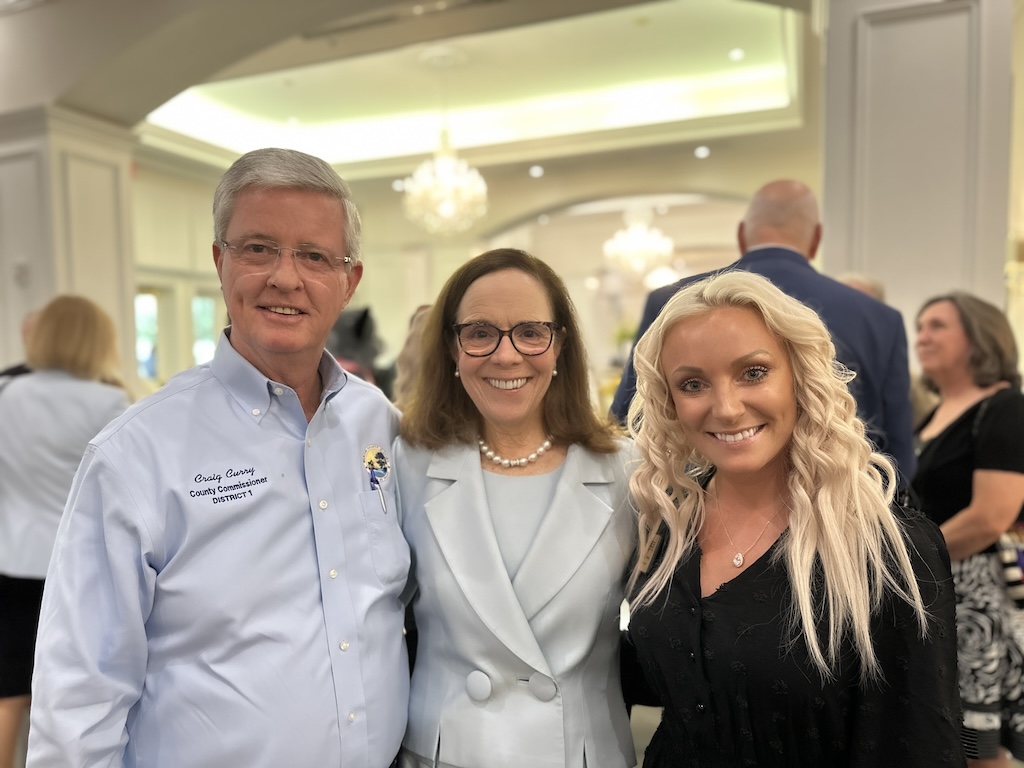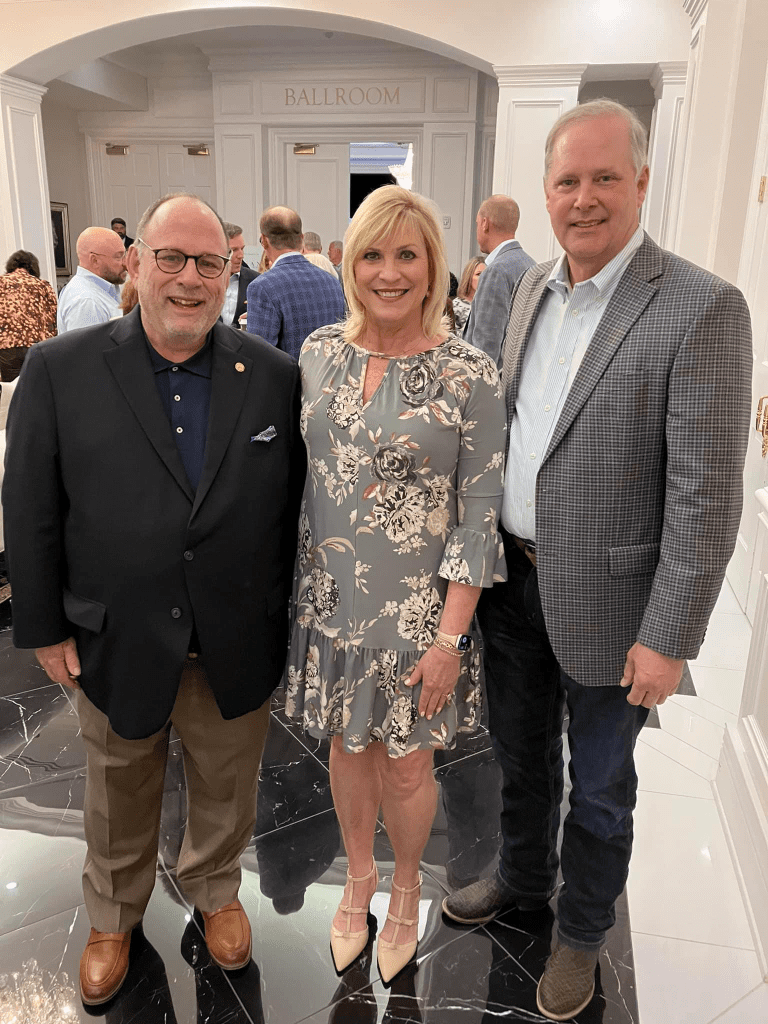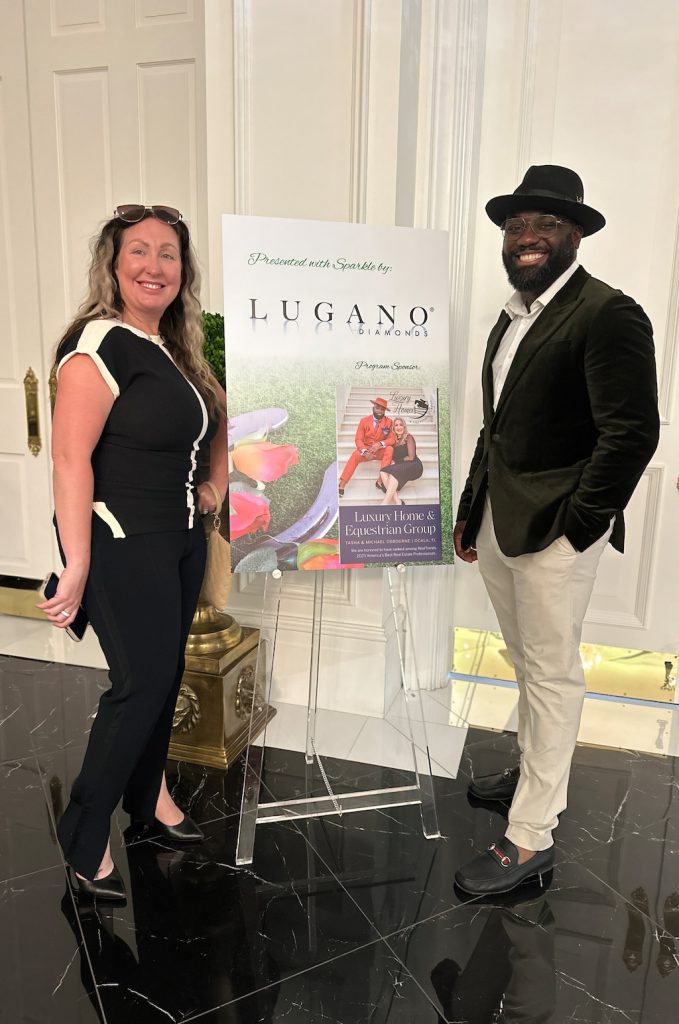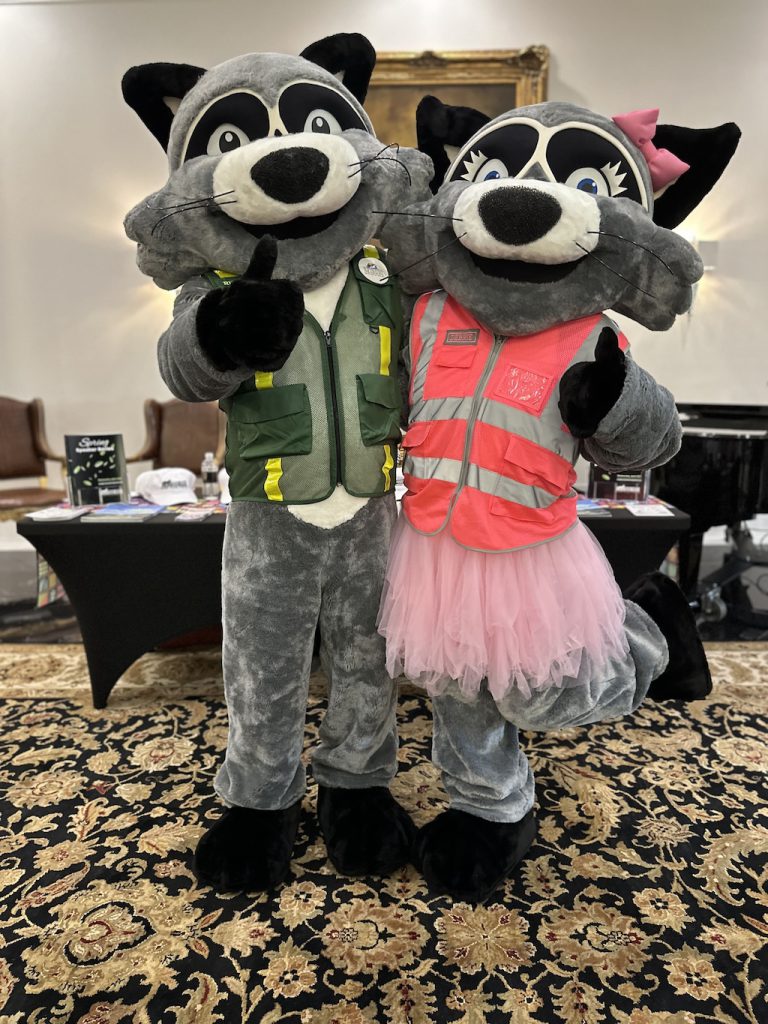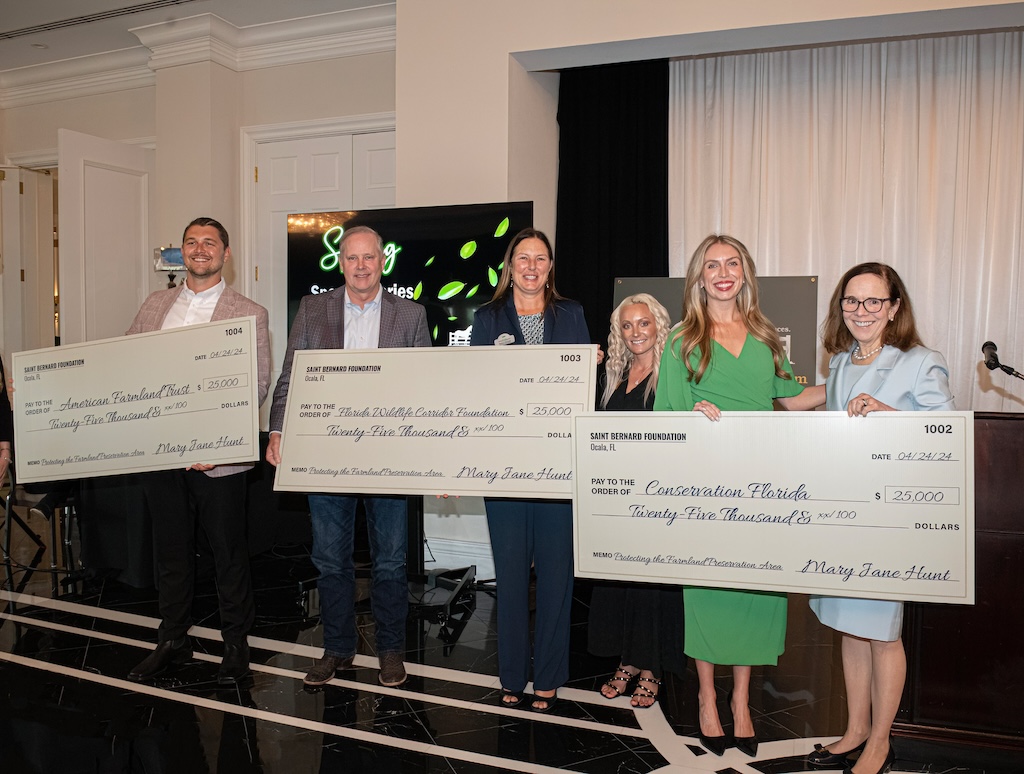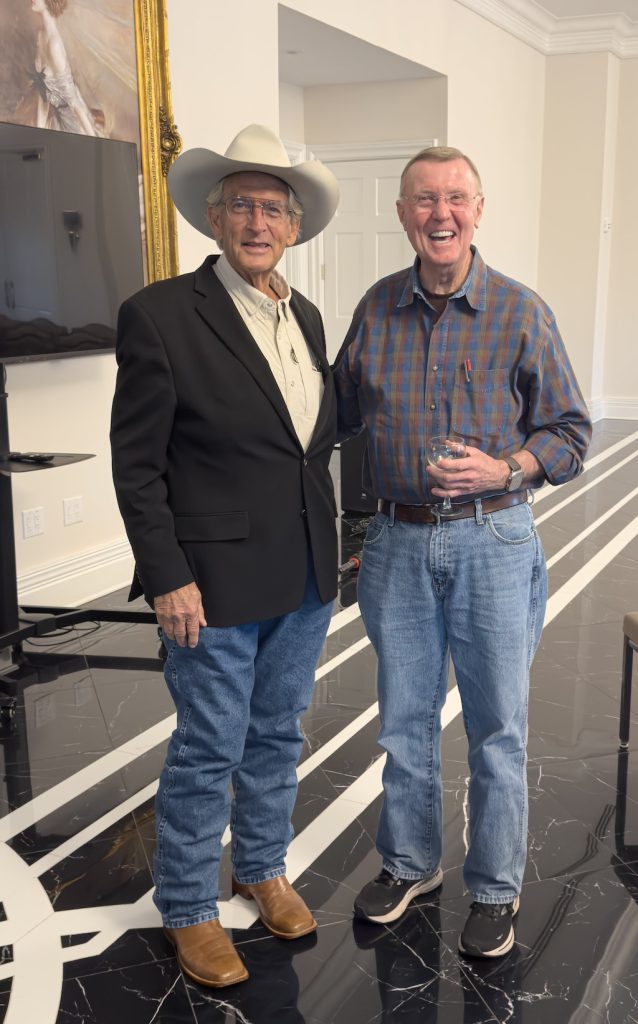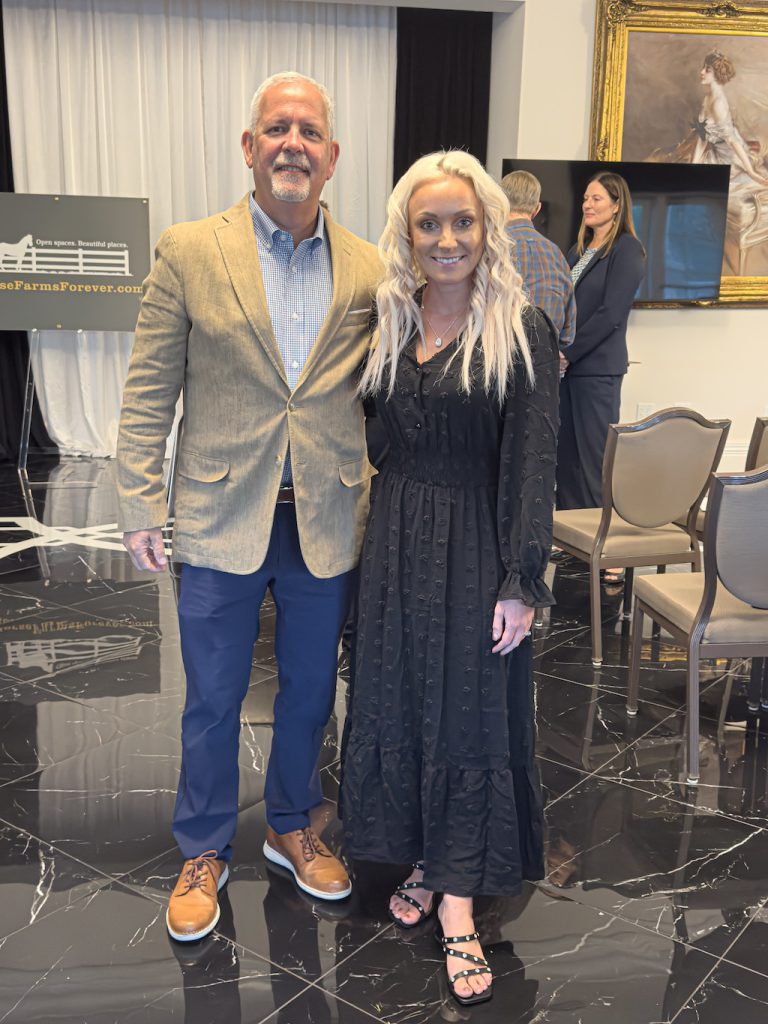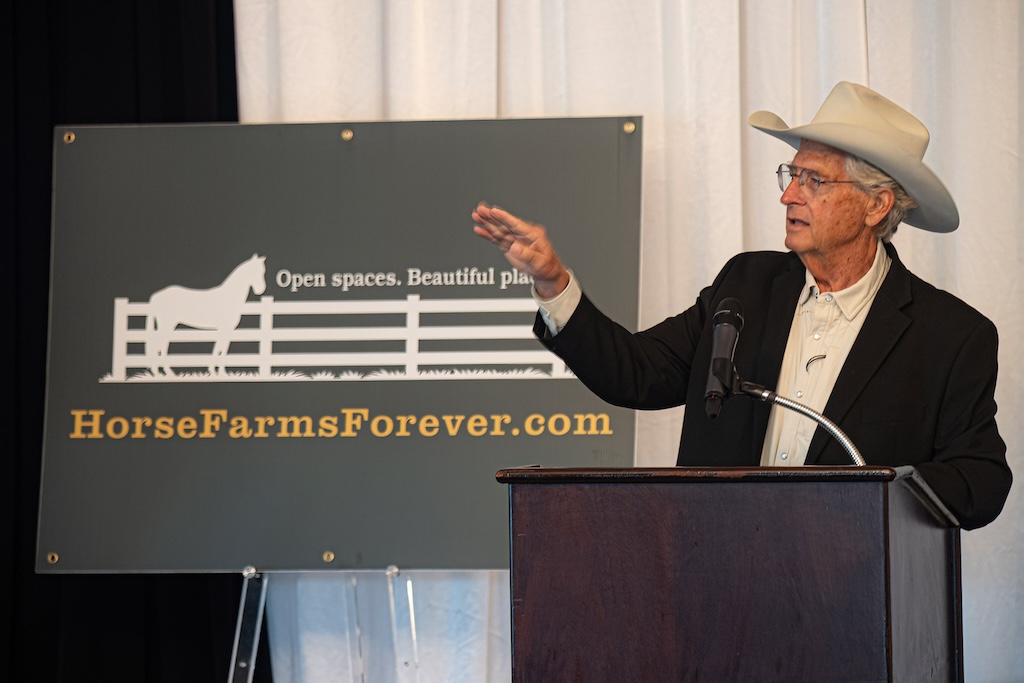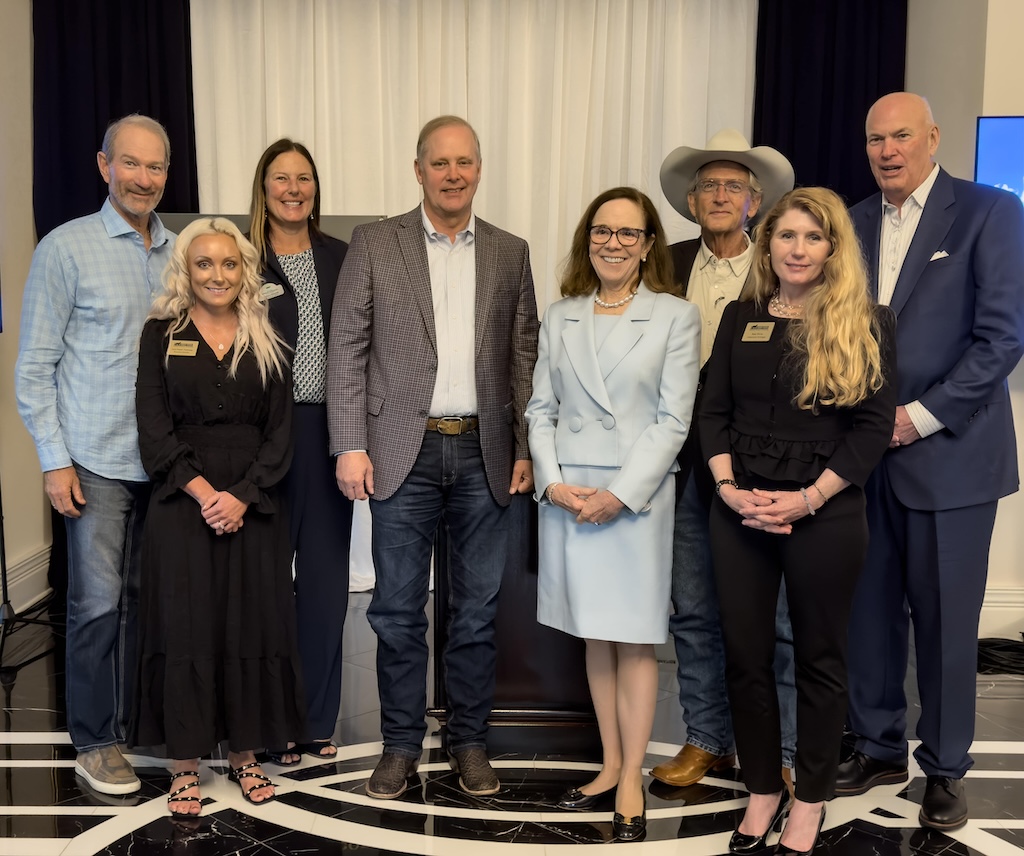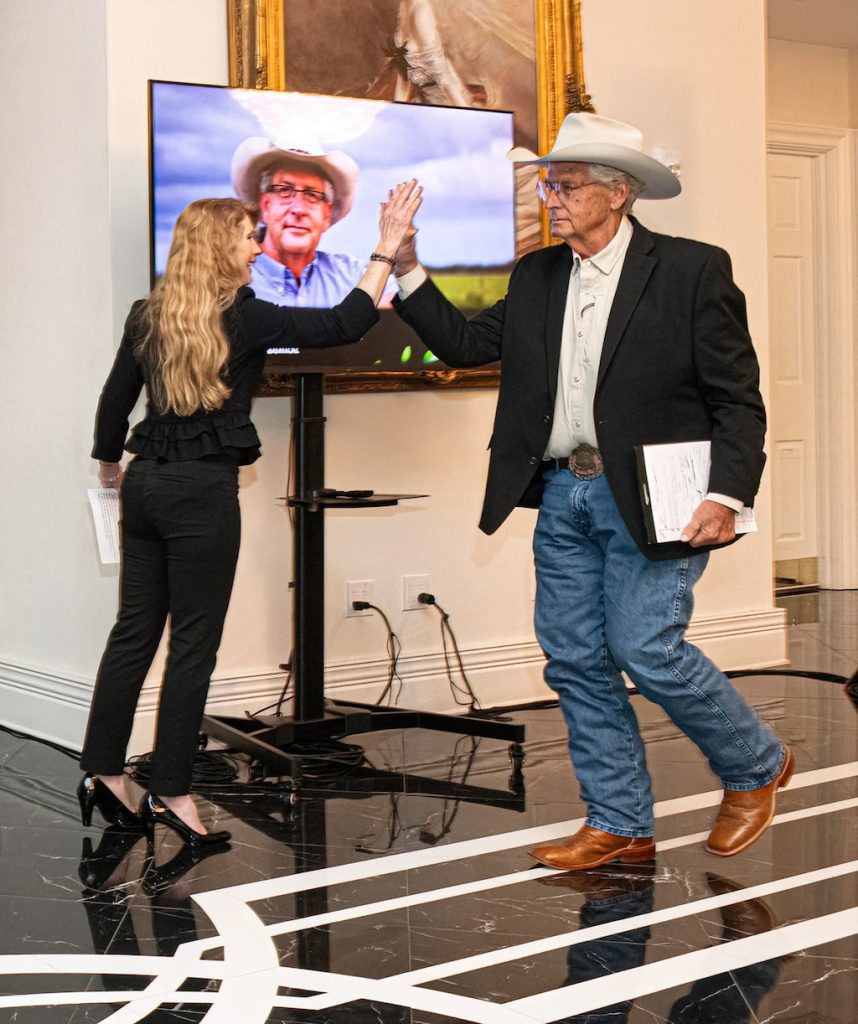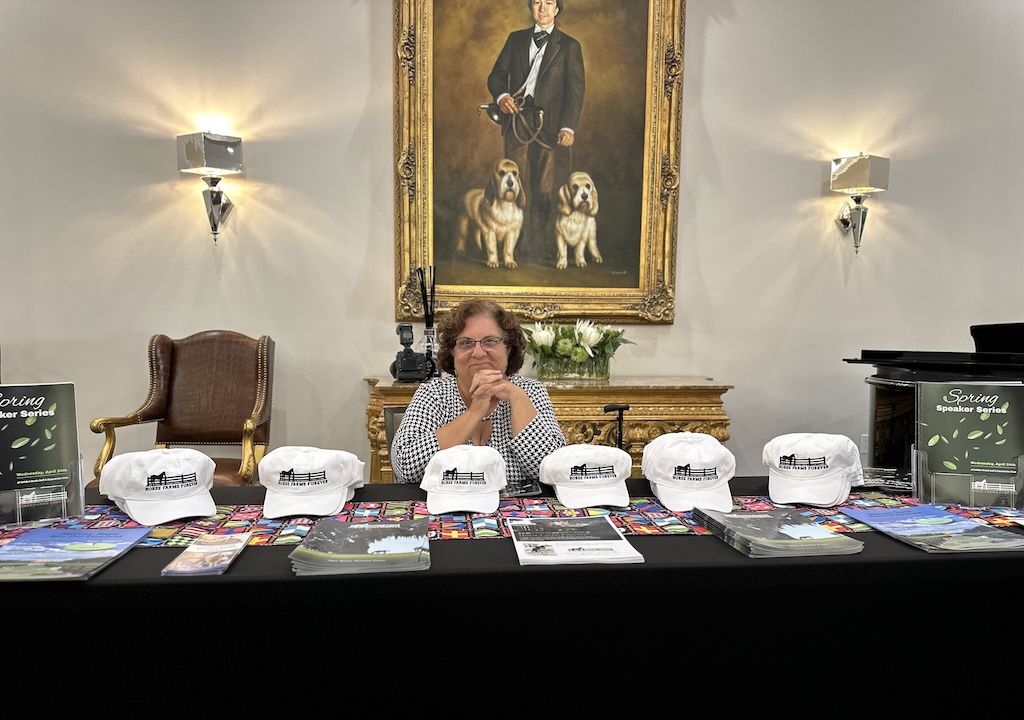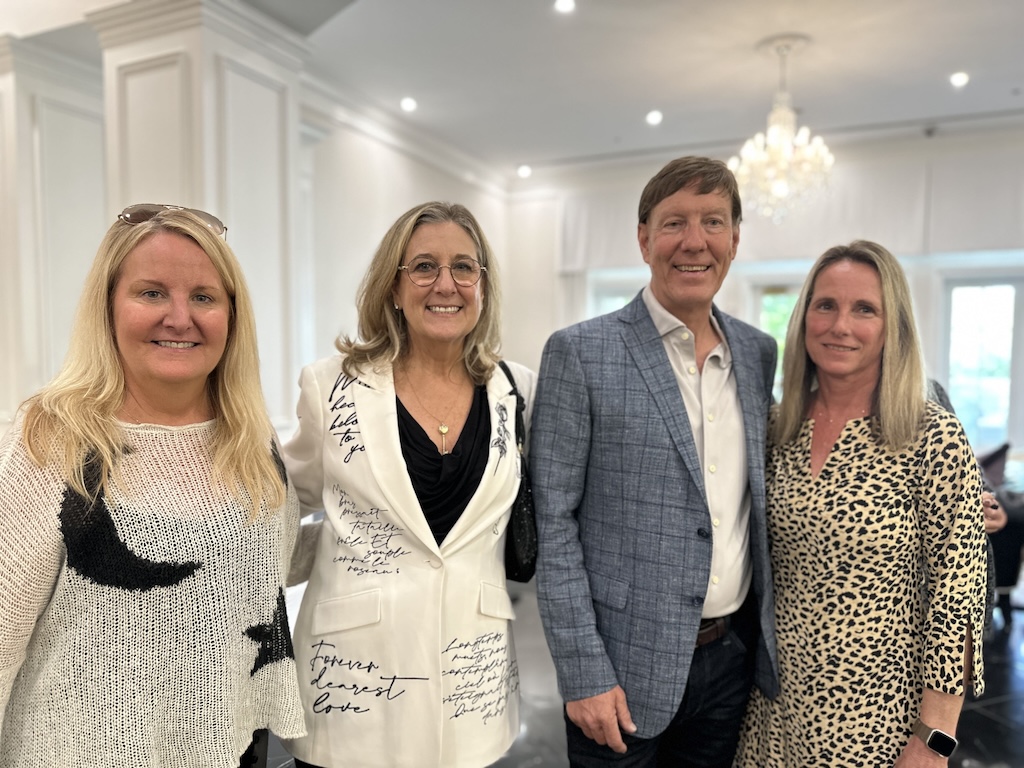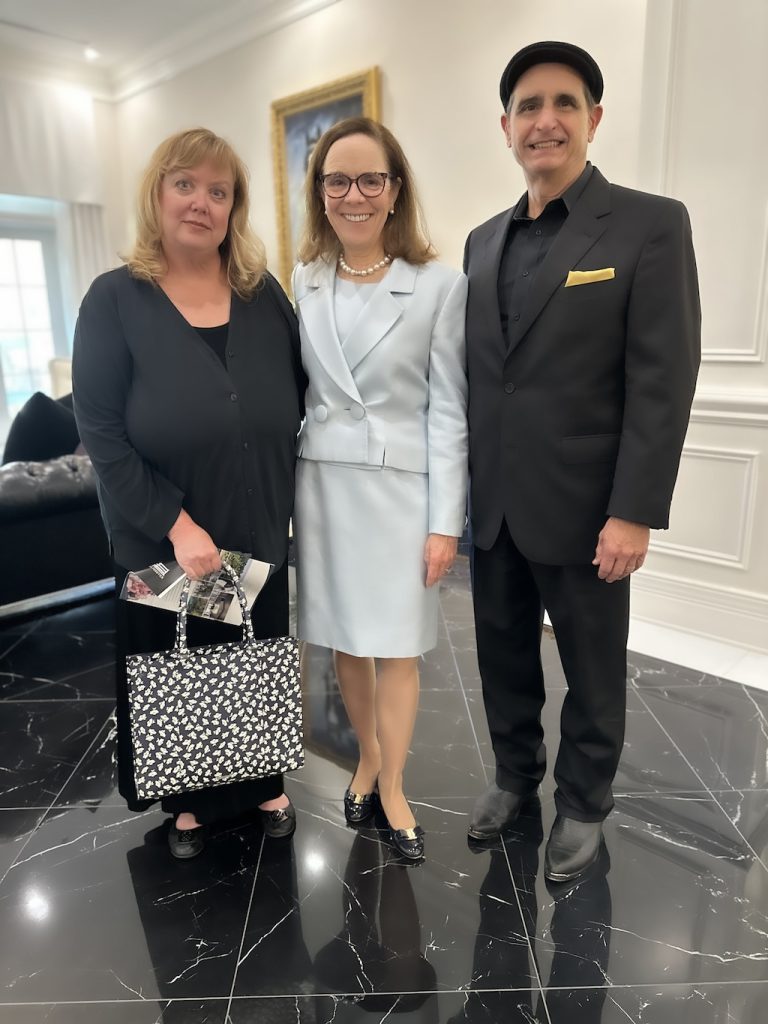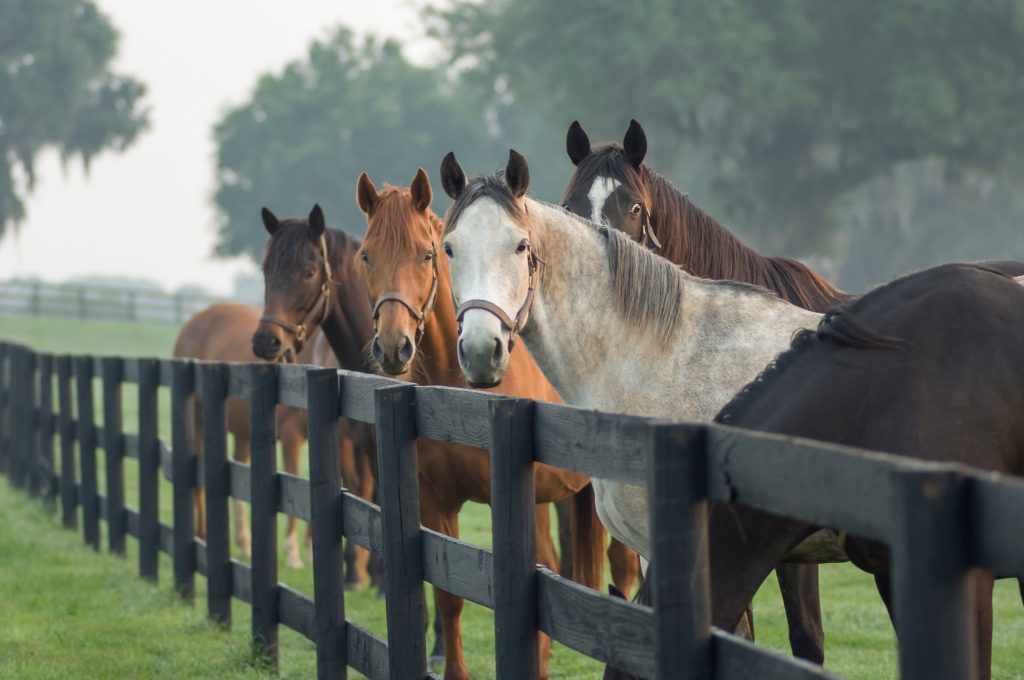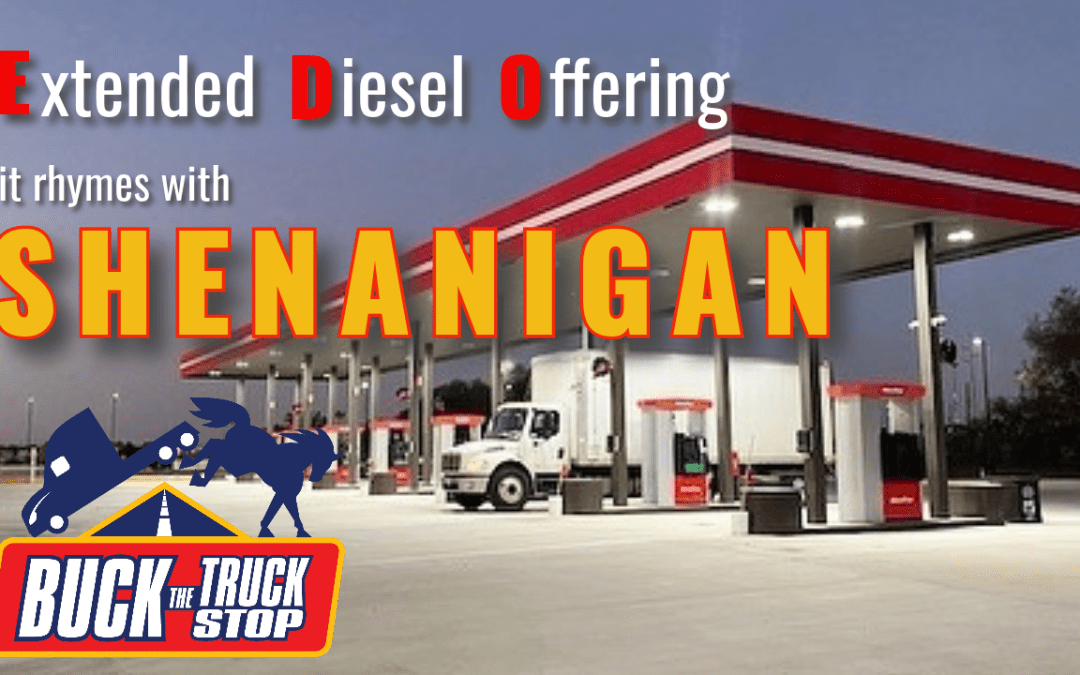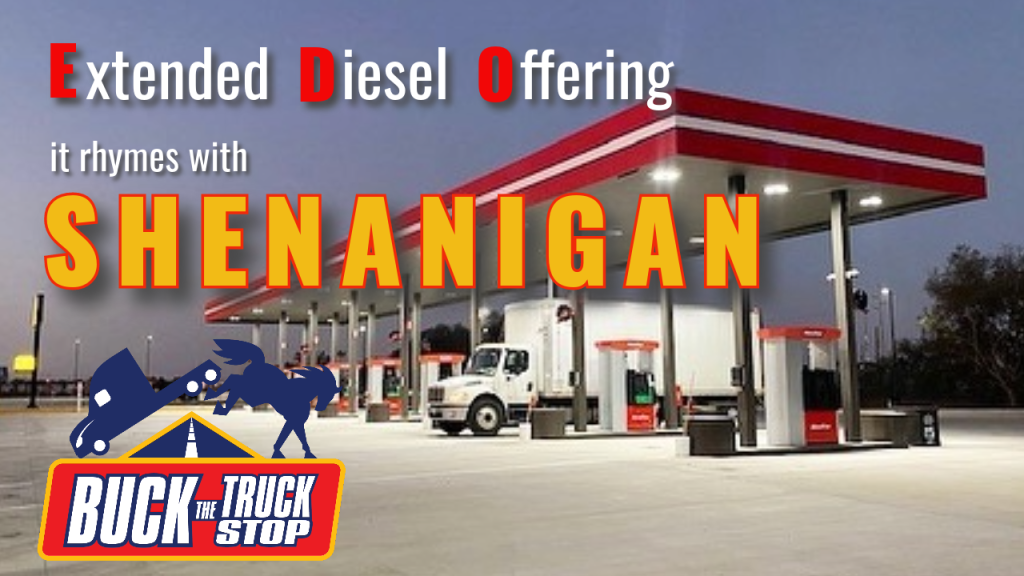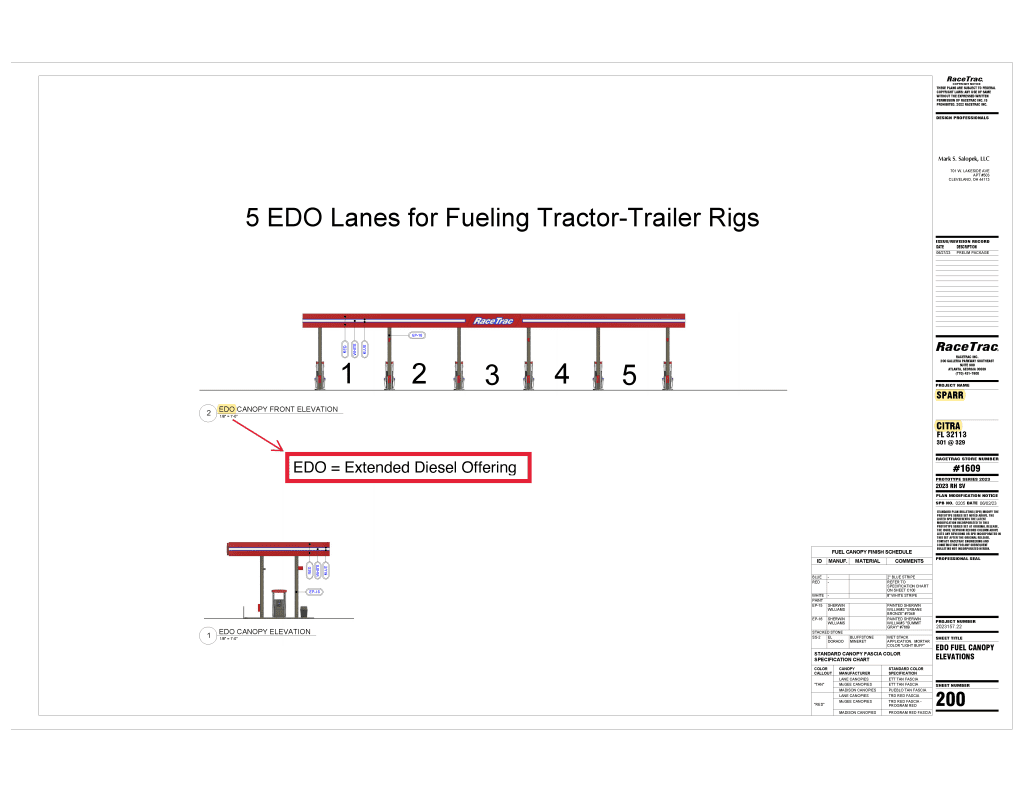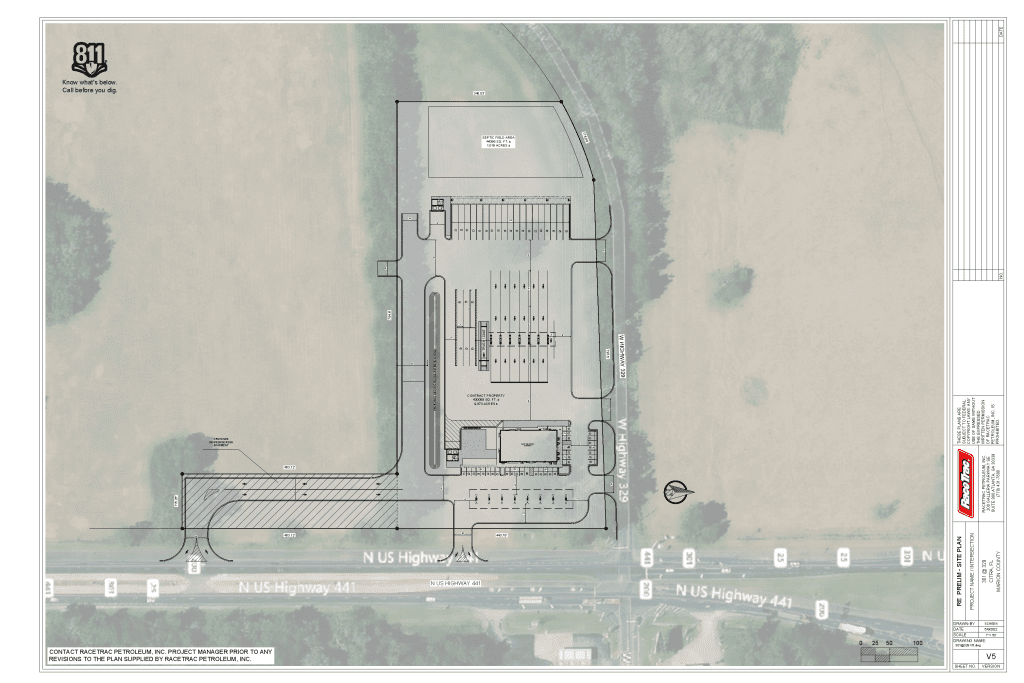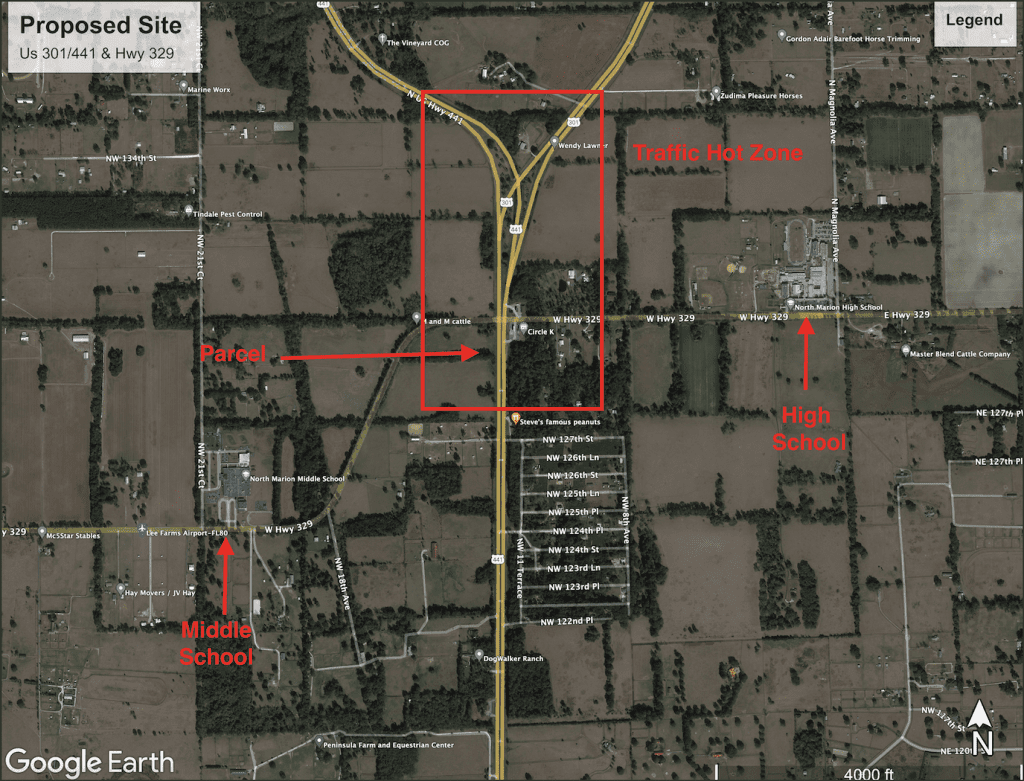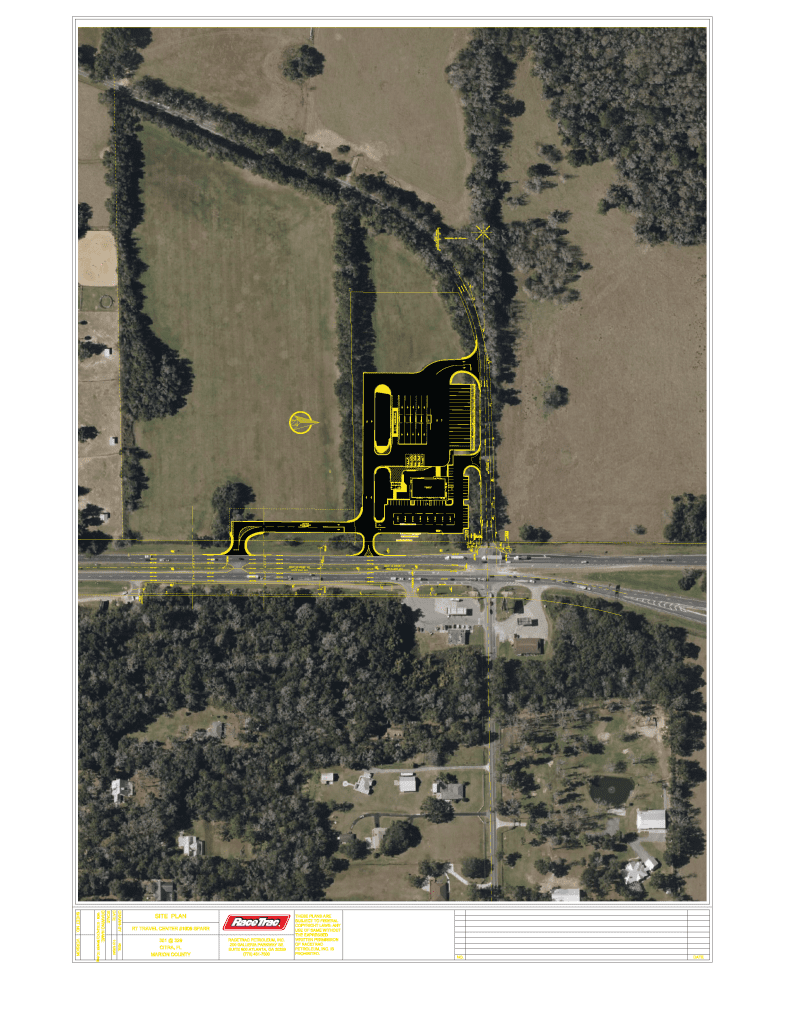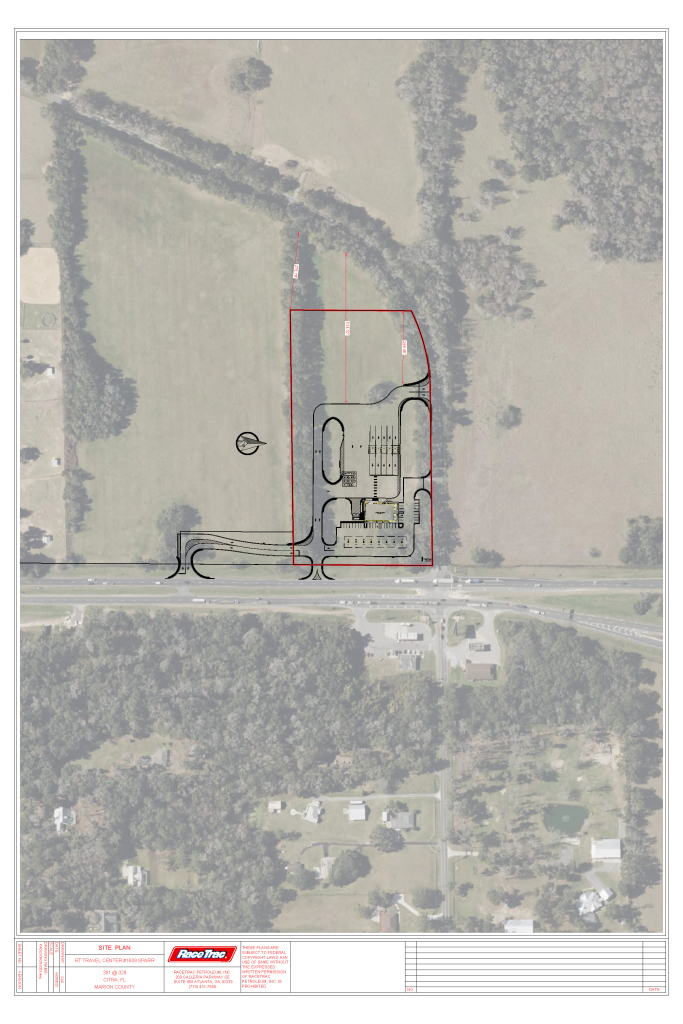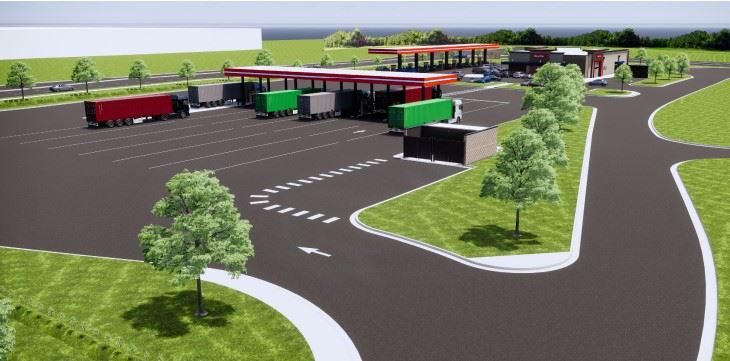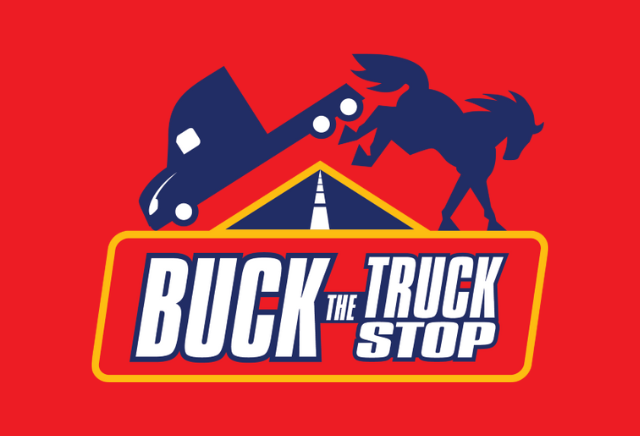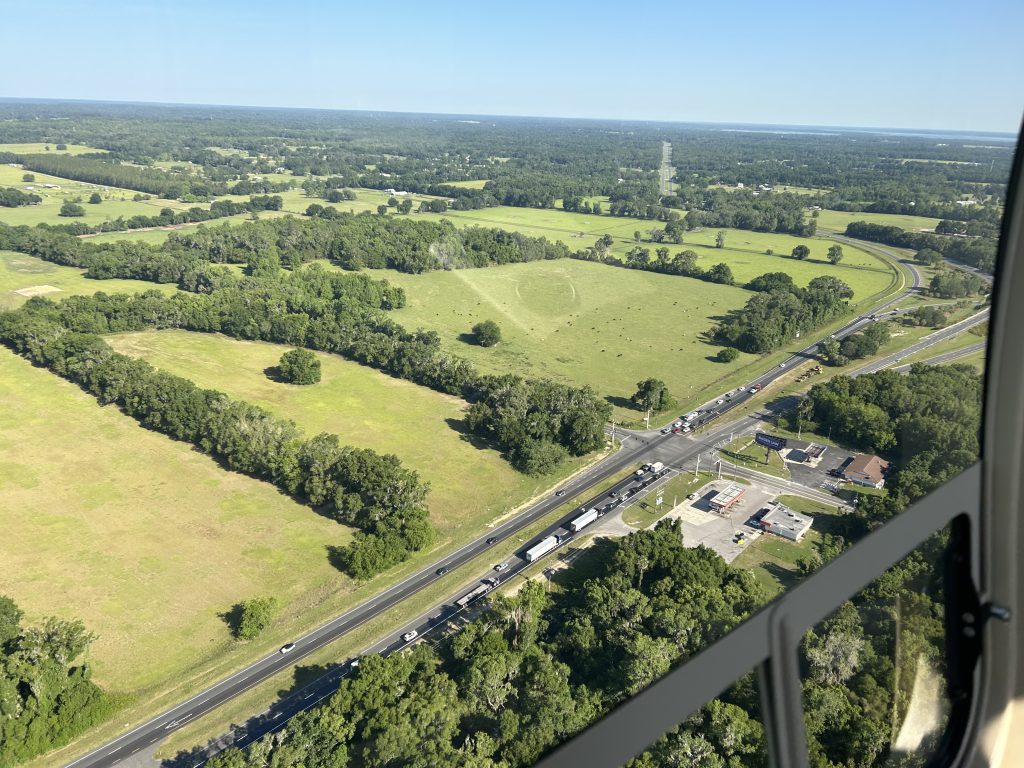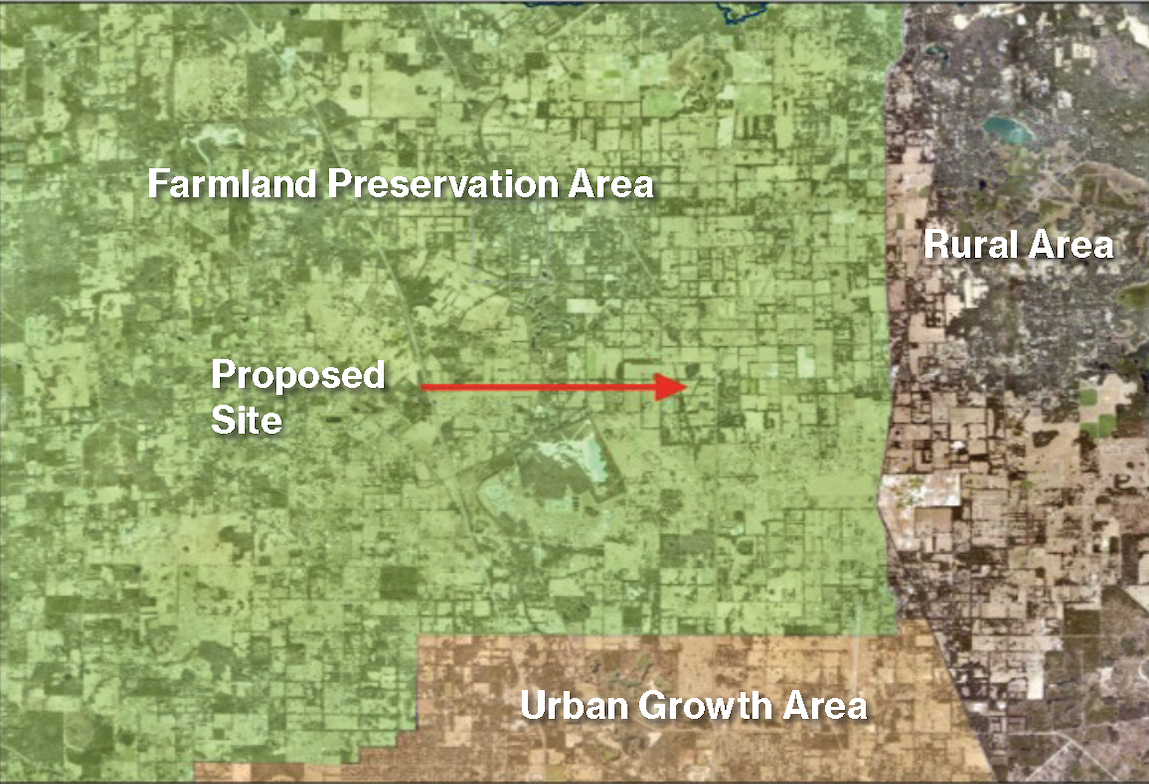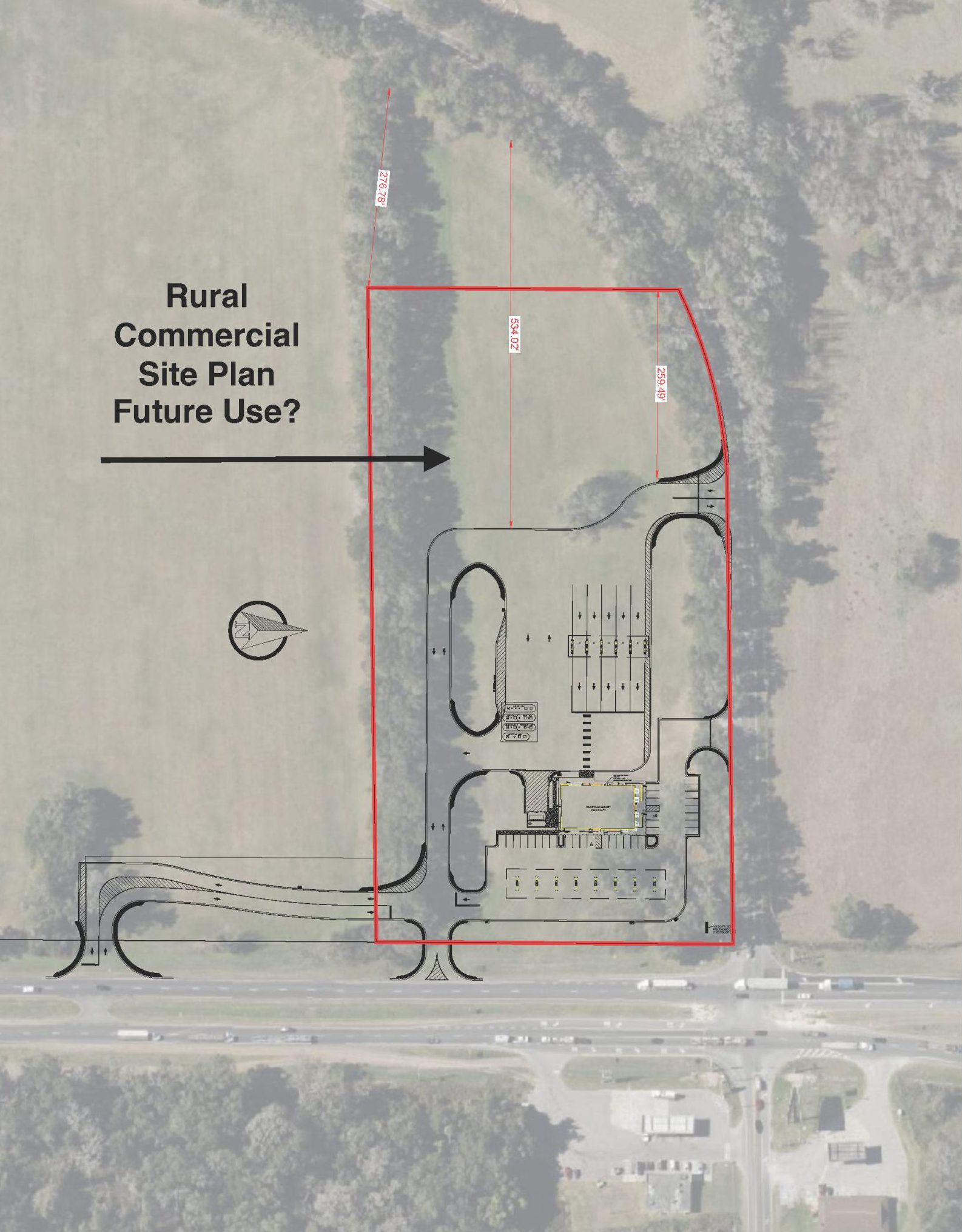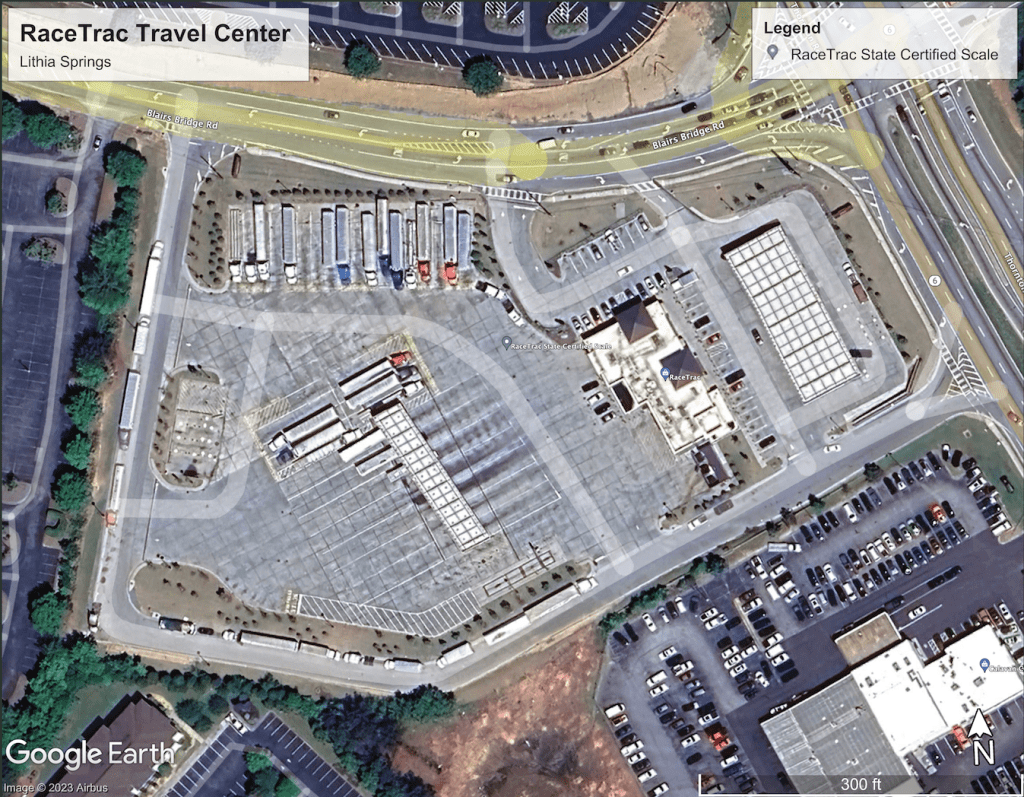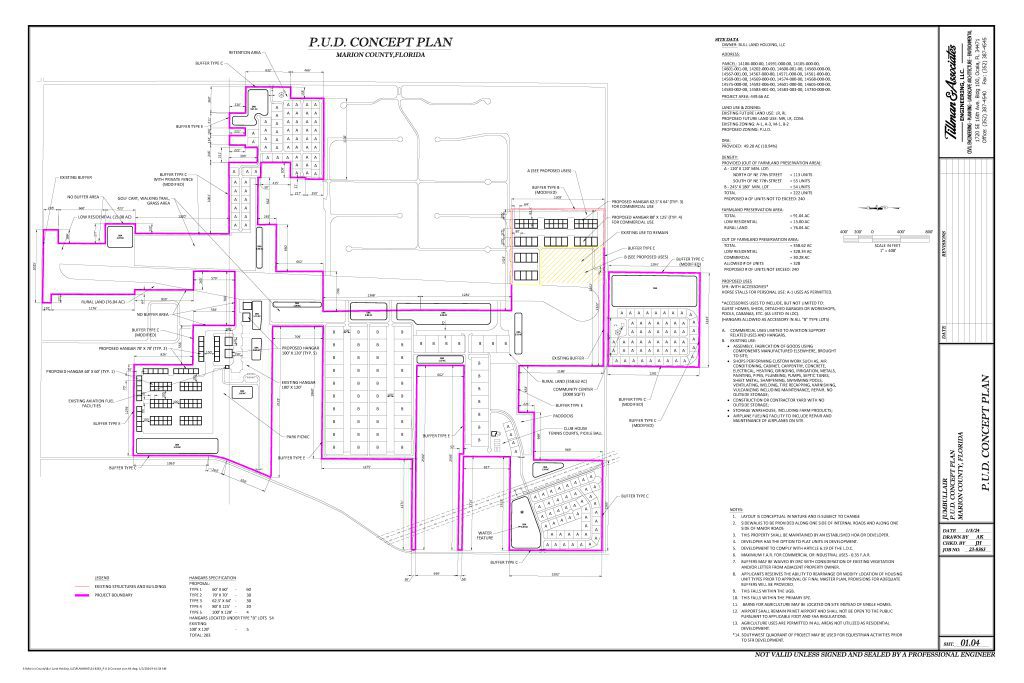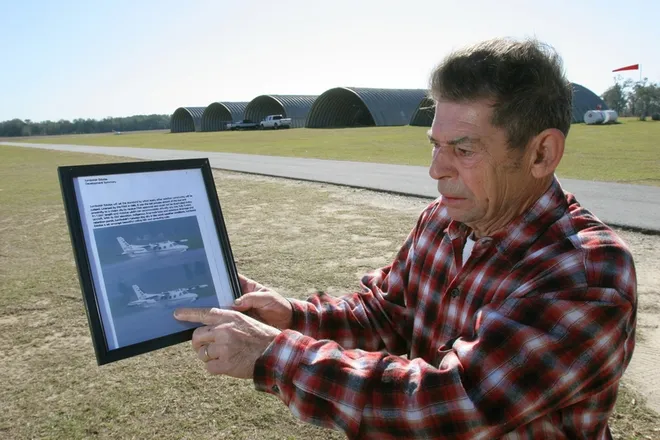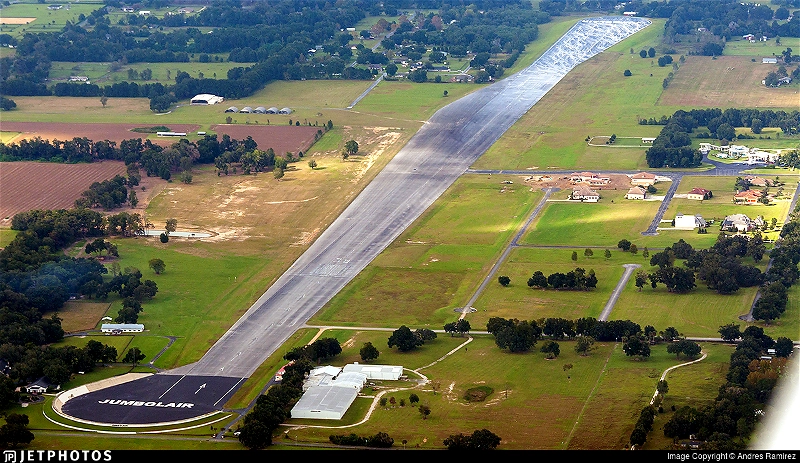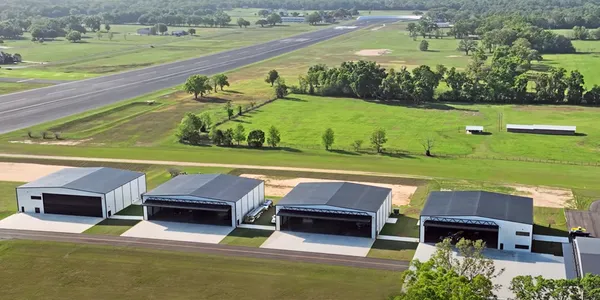
Greenway Trojan Horse – Updated

Tillman and Associates should have played Joni Mitchell’s Big Yellow Taxi while they rode their Trojan Horse into the Planning and Zoning meeting this week. Not only are they applying to pave 15-acres of paradise with a 500-vehicle parking lot, but it turns out that companies apparently affiliated with On Top of the World have recently bought two adjacent parcels: the 122-acre pasture across the street and the 12-acre horse farm next door to this subject parcel.
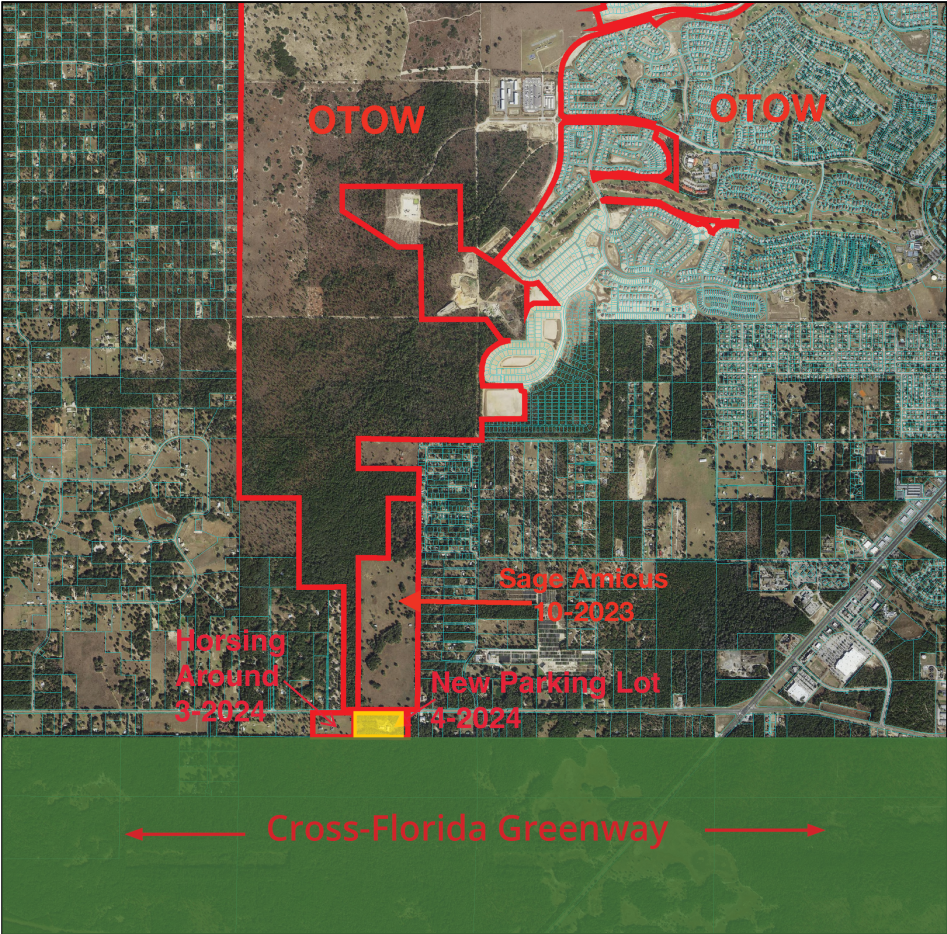
Smoke & Mirrors?
Why would companies apparently affiliated with OTOW want to buy a 122-acre pasture on the north side of Highway 484 under the name of SAGE AMICUS LLC and a 12-acre horse farm across the street on the south side of Highway 484 under the name of HORSING AROUND OCALA LLC? Perhaps they are going to become Horse Farms Forever’s newest member? Probably not.
On Top of the World already owns the 5,454-acres of land to the north and west with a flag-access to Highway 484. This massive parcel is part of a legacy Development of Regional Impact approval (“DRI”) with vested development rights. The 122-acre Sage Amicus parcel has a much larger presence on Highway 484 and a Rural Land use and Agricultural zoning, like the surrounding properties. It is not part of the legacy DRI. The 12-acre horse farm, which adjoins the Cross Florida Greenway, also has a Rural Land use and Agricultural zoning.
Is it a coincidence that Tillman & Associates has applied to change the land use on the 15-acre parcel from Rural to Commercial and the zoning from Agricultural to Business on a parcel next door to the 12-acre horse farm? Maybe. Tillman & Associates represents the Brothers Holdings on this application and OTOW on other applications. At the Planning and Zoning public hearing, the Tillman representative stated:
“Also, what we are asking for is the accessibility to the Greenway, an opportunity for citizens through OTOW to be able to come down and utilize the Greenway, the resources that we have that is always being spoken of and encouraged to utilize and what better way to access it through a golf cart, or walking trail, or multimodal trail down to that particular location. So that way we can get the full effect of what the Greenway trails was meant to be for.”

The Application calls for 502 paved stalls for boat and RV storage covering the 15 acre site. That’s more parking than Gainesville Airport. Source: Application for Rezoning.
Westward, Ho!
What would be the implications of changing the land use on the 15-acre parcel to commercial? HUGE! It would set a precedent for all future applications on adjoining parcels to change Rural Land use to Commercial. With a quick look at the map, you don’t need a crystal ball to wonder if there will be a Westward, Ho expansion creating a commercial hub on Highway 484.
Don’t Know What You’ve Got ’til It’s Gone
The neighbors and the community need to answer the questions:
- Is this application to change the land use on the 15-acre Brothers Holdings parcel from Rural Land to Commercial part of a Trojan Horse strategy?
- Is this application a strategy for a westward commercial expansion on 484?
The location of this proposed 500-vehicle parking lot is adjacent to the Cross Florida Greenway, a treasured public resource. The parcel is in a FEMA flood zone and in the Secondary Springs Protection Zone.
The professionals at Marion County Growth Services Staff have reviewed the application and recommended denial as it is not compatible with the surrounding properties, is inconsistent with 9 provisions of the comprehensive plan, and is adverse to the public interest. In addition, the Marion County Planning & Zoning Commission unanimously voted to recommend denial.

Hearing May 21
Horse Farms Forever agrees with the recommendations from Growth Services and the Planning & Zoning Commission that this application should be denied.
That decision will be made on Tuesday, May 21, at 2:00 pm when the County Commission meets to consider the application.
If this subject is of interest to you, please join us. There’s no closer form of democratic governance that attending a public hearing.
Always Watching
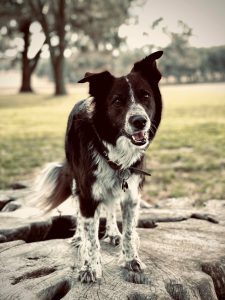
We work hard to keep you informed, and to represent our members' interests in preserving our horse farms, farmland and the unique character and culture of Marion County's 193,000 acre Farmland Preservation Area.
Join the herd. Every voice matters.


